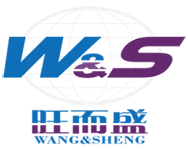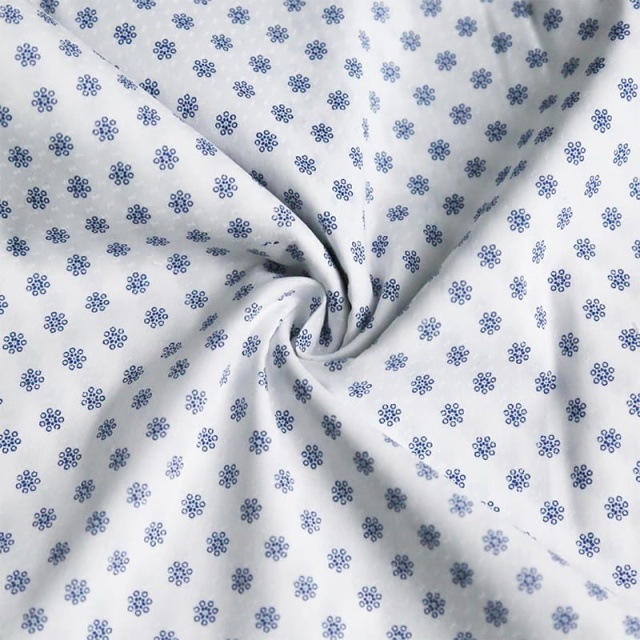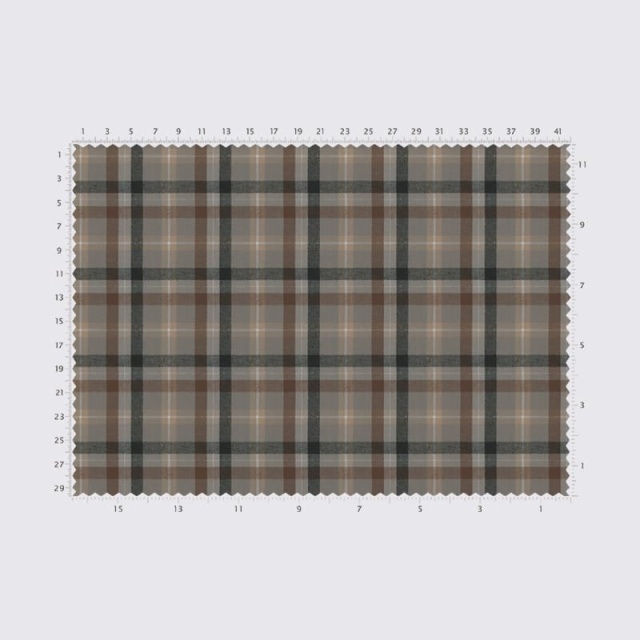Why Printed Cloth Fabric is a Game Changer in the Textile Industry
Jun 17,2025
Why Printed Cloth Fabric is a Game Changer in the Textile Industry
Table of Contents
1. Introduction to Printed Cloth Fabric
2. The Evolution of Textile Printing Techniques
2.1. Historical Overview
2.2. Modern Printing Methods
3. Advantages of Using Printed Cloth Fabric
3.1. Design Versatility
3.2. Cost-Effectiveness
3.3. Environmental Sustainability
4. Applications of Printed Cloth Fabric in Various Industries
4.1. Fashion Industry
4.2. Home Décor
4.3. Technical Textiles
5. Future Trends in Printed Cloth Fabric
6. Challenges and Solutions in Printed Fabric Production
7. Frequently Asked Questions (FAQs)
8. Conclusion
1. Introduction to Printed Cloth Fabric
Printed cloth fabric has emerged as a transformative element in the textile industry, redefining how fabrics are designed, produced, and utilized. With advancements in technology and a growing demand for personalization in textile products, printed fabrics have become synonymous with creativity and innovation. This article delves into the intricacies of printed cloth fabric, exploring its significance, advantages, and potential impact on various sectors.
2. The Evolution of Textile Printing Techniques
The journey of textile printing is rich and multifaceted, tracing back thousands of years. Understanding the evolution of printing techniques is essential to appreciate the current state of printed cloth fabric.
2.1. Historical Overview
Textile printing can be traced back to ancient civilizations, where techniques such as block printing and tie-dying were common. Traditional methods relied heavily on manual labor and skill, with artisans creating intricate patterns by hand.
2.2. Modern Printing Methods
In recent decades, technological advancements have revolutionized textile printing. Digital printing, screen printing, and sublimation techniques have become prevalent, allowing for high-resolution designs and faster production times. Digital printing, in particular, has democratized the industry by enabling small-scale producers to enter the market with minimal investment.
3. Advantages of Using Printed Cloth Fabric
The benefits of printed cloth fabric extend beyond aesthetics, influencing various factors including production efficiency and sustainability.
3.1. Design Versatility
One of the most compelling advantages of printed cloth fabric is its design versatility. Manufacturers can produce an array of patterns, colors, and textures to cater to diverse consumer preferences. From bold graphics to intricate motifs, the possibilities are virtually limitless, allowing designers to push the boundaries of creativity.
3.2. Cost-Effectiveness
Printed fabrics can be cost-effective for both consumers and manufacturers. With digital printing technology, the cost of producing small runs of fabric has decreased significantly. This affordability allows brands to experiment with designs and respond quickly to market trends without the risk of overproduction.
3.3. Environmental Sustainability
Sustainability is a growing concern in the textile industry, and printed cloth fabric is at the forefront of eco-friendly initiatives. Many manufacturers are adopting water-based inks and sustainable materials, reducing the environmental impact associated with traditional fabric printing processes. This shift towards green practices resonates with environmentally conscious consumers and promotes brand loyalty.
4. Applications of Printed Cloth Fabric in Various Industries
Printed cloth fabric is not limited to fashion; its applications span across multiple industries, showcasing its versatility.
4.1. Fashion Industry
The fashion industry is perhaps the most visible sector utilizing printed cloth fabric. Designers leverage prints to create unique clothing lines that resonate with consumers. Seasonal trends often see an explosion of printed fabrics, from floral dresses in spring to geometric patterns in winter collections.
4.2. Home Décor
Home textiles such as curtains, cushions, and upholstery benefit significantly from printed fabrics. The ability to customize designs allows homeowners to express their individual style. Furthermore, printed fabrics in home décor often enhance the ambiance of a space, creating inviting and personalized environments.
4.3. Technical Textiles
In the realm of technical textiles, printed fabrics find uses in various applications, including automotive interiors, medical textiles, and protective clothing. The advanced properties of printed fabrics, such as breathability and moisture-wicking capabilities, make them suitable for specialized uses.
5. Future Trends in Printed Cloth Fabric
As technology continues to evolve, the future of printed cloth fabric looks promising. Trends such as 3D printing, smart textiles, and augmented reality are poised to reshape the industry landscape. Furthermore, the increasing demand for sustainable practices will likely drive innovation in materials and printing methods.
6. Challenges and Solutions in Printed Fabric Production
Despite its advantages, the production of printed cloth fabric is not without challenges. Issues such as color fastness, fabric selection, and environmental regulations can pose significant hurdles.
To address these challenges, manufacturers are investing in research and development to improve printing technologies and materials. Implementing quality control measures and adhering to sustainable practices can also enhance the overall production process.
7. Frequently Asked Questions (FAQs)
1. What types of fabrics can be printed on?
Printed cloth fabric is versatile and can be applied to a wide range of materials, including cotton, polyester, silk, and blends. The choice of fabric often depends on the desired end-use and print method.
2. How does digital printing differ from traditional printing methods?
Digital printing uses computer technology to print directly on fabric, allowing for intricate designs and faster turnaround times compared to traditional screen printing, which involves creating screens for each color.
3. Are printed fabrics environmentally friendly?
Many manufacturers are adopting eco-friendly practices in printed fabric production, such as using water-based inks and sustainable materials. However, it’s essential to research specific brands and their practices.
4. Can printed fabrics be machine washed?
Most printed fabrics can be machine washed, but it is crucial to follow care instructions to maintain color vibrancy and fabric integrity.
5. What are some popular uses for printed cloth fabric?
Printed cloth fabric is popular in fashion, home décor, and technical textiles. Applications include clothing, upholstery, curtains, and specialized products like medical or protective gear.
8. Conclusion
In conclusion, printed cloth fabric stands as a game changer in the textile industry, offering a blend of creativity, cost-effectiveness, and sustainability. As technology continues to advance, the possibilities for printed fabrics will expand, paving the way for new innovations and applications across various sectors. Embracing these changes not only benefits manufacturers and designers but also caters to the evolving preferences of consumers seeking unique and sustainable textile options. The future of printed cloth fabric is bright, and its impact on the textile industry will only continue to grow.
More Events
Unleashing Creativity with Custom Linen Printed Fabrics: A Comprehensive Guide
Unleashing Creativity with Custom Linen Printed Fabrics Table of Contents 1. Introduction to Custom Linen Printed Fabrics 2. What is Linen and Why Choose It? 3. The Benefits of Custom Linen Fabrics 4. Designing with Custom Linen Printed Fabrics 5. Printing Techniques for Custom Linen Fabrics 6. Applications of Custom Linen Printed Fabrics 7. Care and Maintenance of Lin
Jun 25,2025
The Versatility of Digital Printed Fabric: A Comprehensive Guide
Digital printed fabric has revolutionized the textile industry, offering a modern approach to printing that ensures vivid colors, intricate designs, and efficient production methods. This innovative technique utilizes digital technology to print high-quality images directly onto fabric, making it an ideal choice for various applications, including fashion, home décor, and promotional items. One of
Jun 24,2025
The Environmental Benefits of Choosing Cotton Dyed Fabric
The Environmental Benefits of Choosing Cotton Dyed Fabric Introduction: Embracing Sustainable Choices in the Textile Industry In recent years, the conversation around sustainability has gained significant traction, particularly within the textile industry. Consumers are becoming increasingly conscious of the environmental impact of their purchases, and as a result, the demand for sustainable f
Jun 23,2025
Do Not Heasite To Contact W&S, Your Comprehensive Solution Provider Now!
We like produce phone cases but we more like to see you earn lots of money by working with us.
Quick Link
Garment
Copyright © Nantong Wang and sheng Textile Co., Ltd. All Right Reserved.

Whatsapp: 008613861954999
Looking forward to your call
Tel: 0086-513-80609999
Looking forward to your call
Email: 1219341304@qq.com
Looking forward to your letter





